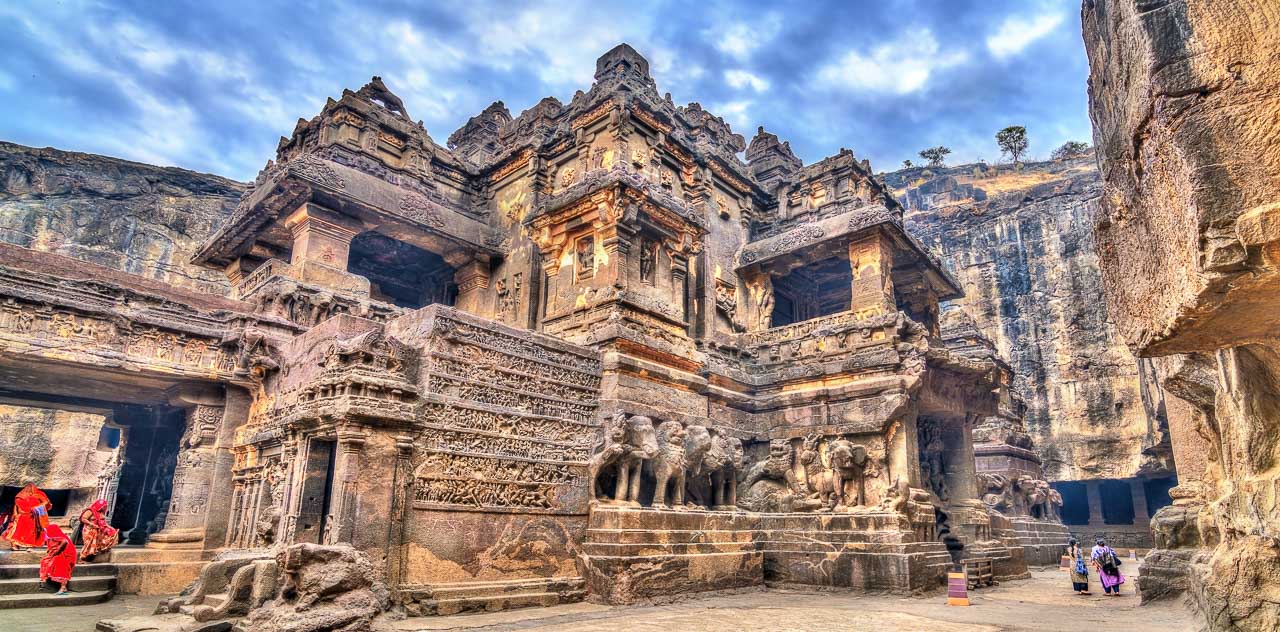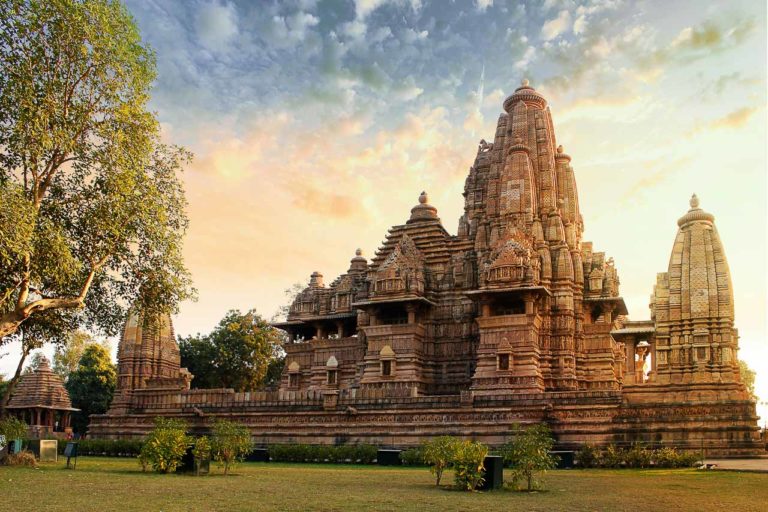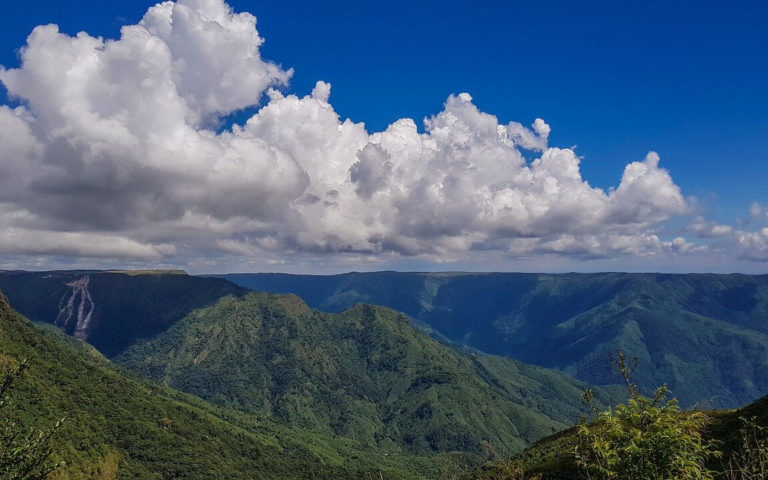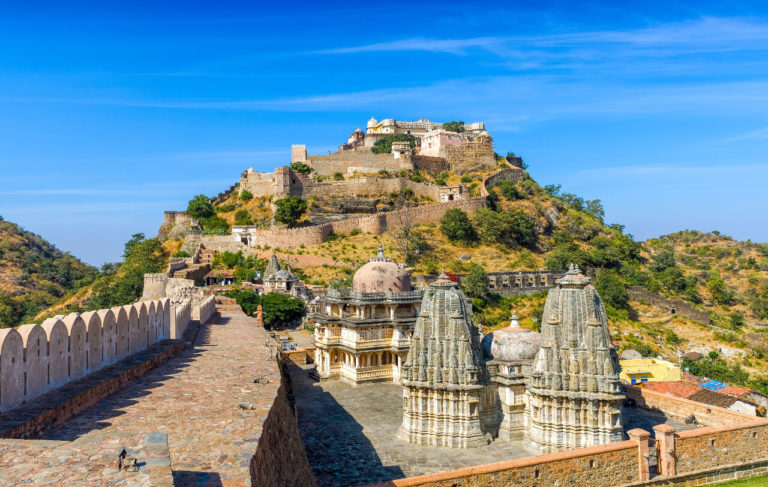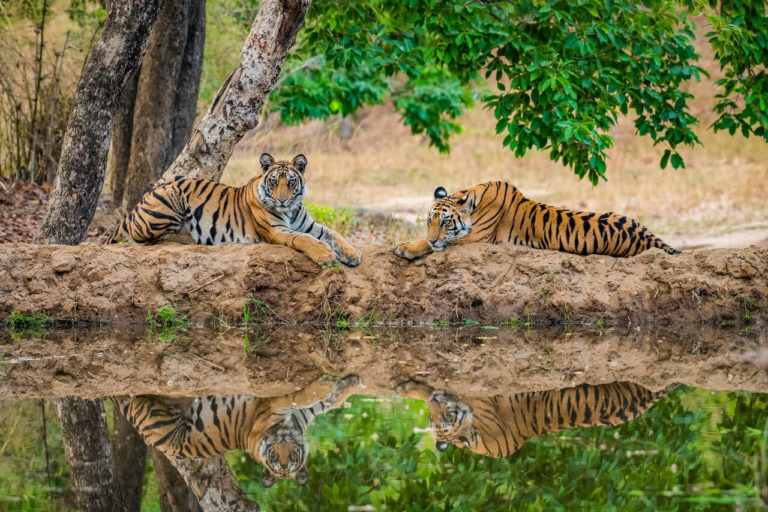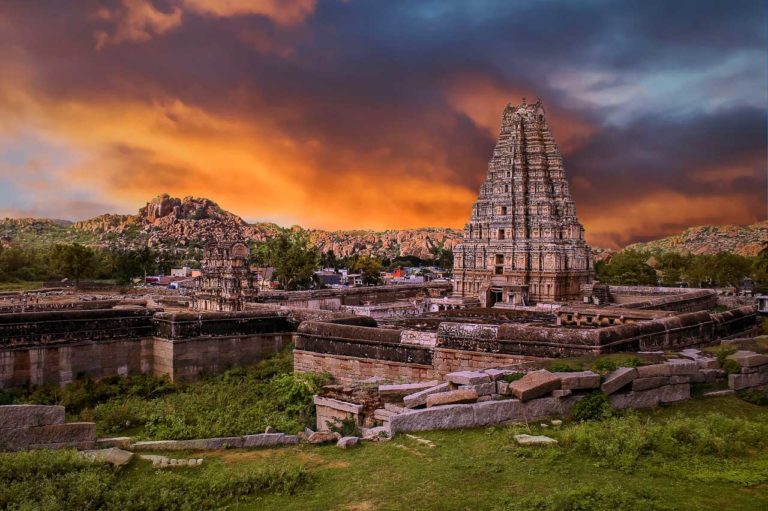Ellora and Ajanta Caves
Imagine discovering hidden caves in the middle of nowhere that contain priceless artworks from a thousand years ago? In Central India you can actually find one such spot — and you do not want to miss it.
Ajanta and Ellora caves are UNESCO world heritage sites, located in the state of Maharashtra in Central India. You will be dazzled by the rock-cut caves of Ajanta and Ellora — it’s one of those places in India that rival the beauty and splendour of the Taj Mahal.
Why visit? A guided tour of Ajanta and Ellora caves will reveal ancient paintings, colourful murals, and rock-cut sculptures. The Ajanta cave complex has about 30 caves while Ellora has 34. Each of these caves has a story to tell and will give visitors a vivid impression of history.
Ajanta Caves
Ajanta caves are said to have been carved in the second and first centuries B.C. These caves were essentially ancient Buddhist monasteries, used for religious retreat, and you can see images of Buddhist traditions and customs carved on the cave walls. Ajanta’s cave numbers 1, 2, 16 and 17 offer India’s largest collection of ancient wall paintings still intact.
Over time these caves were hidden by the flora of the forest surrounding it. In the modern times, Ajanta caves were discovered in 1819 by British officer Captain John Smith. Ajanta caves were declared as a UNESCO world heritage site in 1983. Carved out of a u-shaped gorge in Waghur River, the Ajanta cave complex is also a visual treat due to greenery, presence of birds, and waterfalls nearby.
Ellora Caves
The Ellora cave carvings were created over an extended period of time between 600 and 1000 A.D. They represent three religions, Buddhist, Hindu and Jain, and house one of the largest rock-cut Buddhist monasteries in the world. Of the 34 caves open to the public, 12 depict Buddhist artifacts. These caves were once monasteries with prayer halls, living quarters, kitchens, and other rooms. Buddha statues, mandalas, and other religious representations are seen in these caves. There are 17 caves depicting Hindu gods, culture, and traditions and five caves dedicated to Jainism.
The highlight of the Ellora caves is the Kailash Temple. Built in 760 A.D., it’s an astonishing achievement. More than 200,000 tonnes of rock was removed to create the largest monolithic structure in the world. After digging a trench around a massive centre rock, they carved a temple in the shape of a giant chariot that’s covered in sculptures depicting scenes from the great Hindu epics, the Mahabharata and the Ramayana, the descent of river Ganga, and Ravana shaking Mount Kailash. Stunning is an understatement, it has to be seen to be believed.

